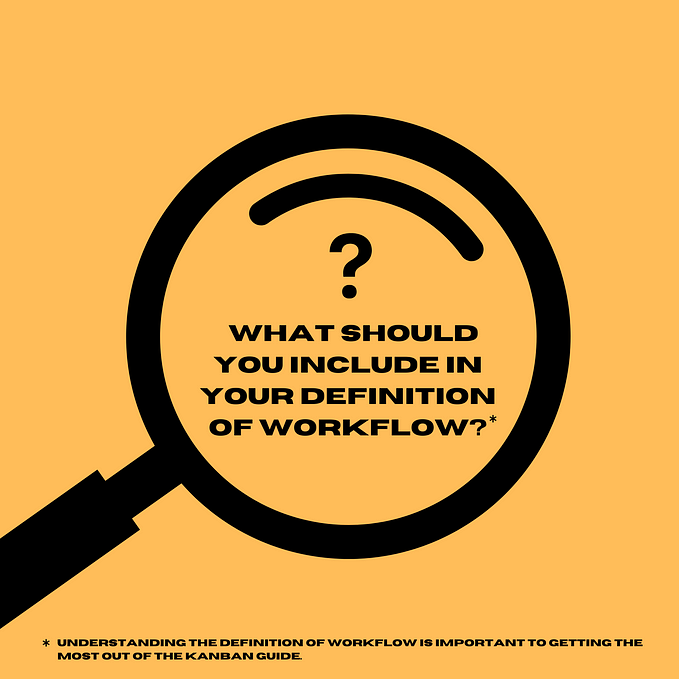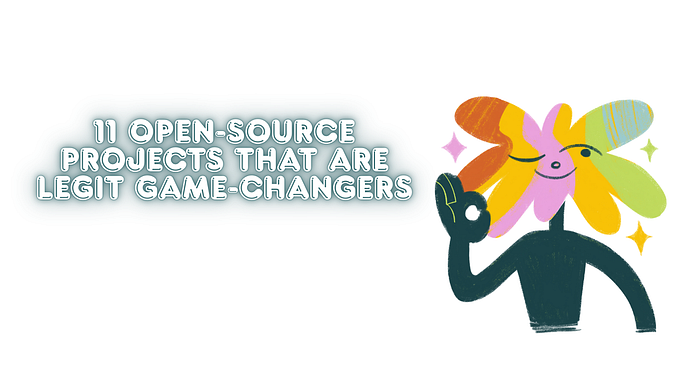So, what is organizational agility? 2022 UPDATE
I learn all the time, and 2021 taught me a lot. Based on those lessons, I’d like to share an update on what organizational agility means to me in 2022. I hope you find it useful for what it does and does not mean for you.
Let’s start by discussing what organizational agility is not.
Sometimes it’s easier to figure out something by starting with what it is not .
- The agile industrial complex
- Getting a single vendor to transform the organization
- Starting work without lining up with the priorities of those we depend on
- Not wanting to promote cross-functional collaboration
- Imposing a particular approach on people
- Re-labeling what we already do to dress it up as something new
- Choosing predictability over uncertainty
- Old fashioned micro-management
- Competition (internally)
- A contest between “experts.”
And agility is not about teams in isolation. Lean and Kanban expert Klaus Leopold says, “Agility is not a team sport; it is a company sport.” The founder of the global movement Agile People, Pia-Maria Thorén, says, “Telling a flower to grow is not useful; one must create the environment in which it can grow.”
Agility is also not about enabling executives to focus on the success in their silo alone, which doesn’t benefit the organization’s success as a whole”.
Sometimes a “bad cop” is needed, and it’s usually safer to have an independent coach who doesn’t rely on your business to fill that role. Still, that bad cop needs to understand the business domain to be credible.
It’s tricky to foster collaboration with executives, who often prefer to be competitive. If collaboration is to develop, executives need to be prepared to change the organization’s structure and what gets measured.
So is there is a simple explanation of organizational agility then?
Most people reach for pithy one-liners to answer this question, such as:
“Organizational agility is an organization’s ability to harness change for competitive advantage.” — Ken Schwaber.
Organizational agility is about using the reality that change is constant for competitive advantage — we can’t “manage” change; we must adapt to it.
The problem with pithy one-liners is they are a little too open for interpretation and frankly abuse.
It’s critical to recognize that organizational agility is not an all-or-nothing endeavor. It’s not a light switch you can quickly turn on and off. It’s ok to aim for more tangible desired outcomes and key experiments on the way to organizational agility, as long as we’re authentic.
Indeed, Rome wasn’t built in a day, but we need to lay bricks daily to improve organizational agility. If executive leadership moves too slowly or thwarts advancements, supporters of agility on the ground begin to lose hope and give up.
Lip service and complacency are a death knell for real change. If you’re reading this and saying, “our organization is already agile,” I have bad news for you. We are never done with continuous improvement-that’s one of the hallmarks of agility.
Is there a definition of organizational agility that leaves no doubt what it is?
Let’s give it a try:
↑ Means more (of). ↓ Means less (of).
Organizational agility is about creating an adaptable organization with a higher possibility to drive disruption in society, the industry, and the marketplace.
Organizational agility has ↑effectiveness in optimizing current or un-realized value with ↑frequency-of-impact, ↑quality, ↑learning, ↓drag, ↑flow, ↑efficiency, and ↑work-sustainability.
Organizational agility looks like a pattern of constructive collaboration between people with diverse perspectives. Those people might be applying agile, lean, product management, the Three Ways of DevOps, the Agile Manifesto’s values and principles, Modern Agile, or other frameworks.
It feels like ↑humanity, ↑authenticity, ↑leadership, ↑ engagement, and caring more about current and future revenues.
↑ Humanity : we mean ↑compassion, ↑invitation, ↓imposition-in-terms-of-ways-of-working, ↑psychological-safety, ↑trust, ↑respect, ↑team-based-commitment, ↑openness, ↑inclusion, ↑passion, ↑focus, ↑energy, and ↑fun.
↑ Authenticity: we mean ↑self-managing teams, ↑value, ↑outcomes, ↑impact, ↑sincerity, ↑empiricism, ↑excellence.
↑ Leadership : we mean ↑self-awareness, ↑courage, ↑go-see, ↑speaking-truth-to-power, ↑alignment of what is said privately and publicly, ↓backlogs, ↑prioritization, ↑bottleneck-awareness, ↑focus, ↑flow, ↑embracing uncertainty, ↑serving teams, ↑coaching at all levels, ↑fixing-problems-beyond-influence-of-teams, ↑enabling organization design towards the direction of travel.
I get energized when executives fix problems beyond the control/influence of teams or teams-of-teams.
↑ Engagement: we mean ↑engagement with society, shareholders, employees, customers, consumers, end-users, markets, partners, and other stakeholders through ↓big bang, ↑transparency, ↑inspection, and ↑adaptation.
↑Current and future revenues: we mean ↑meaningful-shared-purpose, ↑value, ↑understanding needs and wants, ↑outside-in thinking, ↑getting out of the building, ↑constraint management, ↑optimized as a whole.
I witness an excessive focus on efficiency 90 percent of the time. As organizational theorist and consultant Russell Ackoff said, “The righter we do the wrong thing, the wronger we become.”
Consider this definition of organizational agility as a template to modify for your context. Delete words, resequence, add your ingredients. The goal is to clarify what organizational agility is and what it is not for your organization.
https://linktr.ee/johncolemanxagility — social and podcast links
https://linkpop.com/orderlydisruption — order training from right here
Originally published at https://orderlydisruption.com on February 11, 2022.










